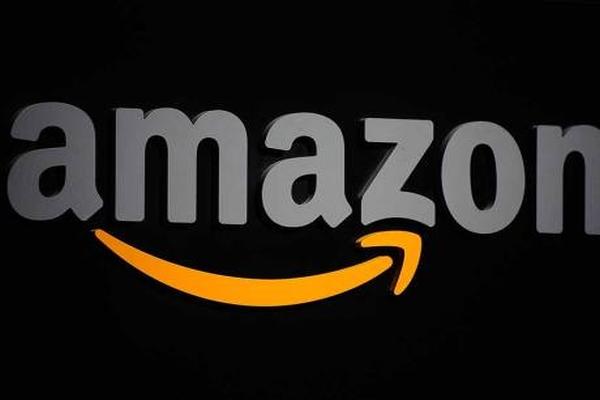Published on the 25/10/2017 | Written by Will Bosma

Impending arrival of retail juggernaut causing lost sleep for Australian retailers, writes MuleSoft’s Will Bosma…
It might be good news for consumers that the U.S. retail giant is establishing warehousing and distribution facilities in Melbourne and is expected to officially launch operations in the country before the year’s end. But for retailers, the situation couldn’t be more different. Domestic operators know they need to evolve in the face of this new and aggressive competition, yet many are unsure of exactly what strategy to take. One thing is, however, certain: business-as-usual is not an option. From transactions to relationships Meanwhile, most retailers have also continued to operate traditional physical shopfronts. Consumers enjoy browsing, fiddling with gadgets, trying on clothes, and soaking in the overall atmosphere a brand embodies. Done correctly, it draws customers in and brings them back for more. However, attracting customers today depends on more. It’s not enough to simply provide transactions, whether online or in-person. Retailers need to create seamless, personalised experiences across channels at every touchpoint. Part of Amazon’s success is thanks to its relentless focus on the customer experience, paired with its ability to rapidly change those experiences. If they are to match the pace of the undisputed leader, Australian retailers must become more agile across online and physical channels. Bridging the physical and digital divide For example, sales associates often don’t know when loyal customers are on the shop floor and online portals often have no record of in-store purchases. In both scenarios, the retailer misses an opportunity to personalise the shopper’s journey and recommend companion items – something which is taken for granted on Amazon.com. Achieving an effective multi-channel strategy and turning physical stores to a competitive advantage depends on data. Retailers need to bring it out of the depths of applications and to the forefront of business. APIs, the digital glue that allows applications to connect and exchange data, is how to do it. In just one example which addresses a common problem, APIs can expose real-time store inventory to a website so customers can check availability prior to visiting a physical store. This eliminates frustrations resulting from sold-out merchandise. By adopting an API-led approach to connectivity, retailers can build an application network that seamlessly connects their applications, data and devices. As a result, retailers can respond to evolving consumer expectations and market conditions. Instead of using point-to-point connections or isolated architectures, the application network provides an infrastructure for information exchange by allowing applications to be plugged into the network. The network can be as simple as two nodes that enable two applications to share information, or it could span the enterprise and external ecosystems. The need for speed Amazon is driving this strategy. As well as its massive online presence, it is establishing a network of physical stores. In 2015, Amazon opened a small space in Seattle’s University Village. This was followed earlier this year by the purchase of the U.S.-based Whole Foods supermarket chain. Other online retailers like Alibaba and Warby Parker are doing the same. Alibaba purchased Suning, a chain of brick-and-mortar stores, while U.S.-based eyewear specialist Warby Parker opened physical stores and offers custom fittings and repairs. Real stores provide opportunities to strengthen brands and customer relationships. With Amazon opening its Australian doors soon, established retailers have a limited window of opportunity. Rather than building entire new platforms or infrastructures, it is best to start small and experiment. Not every initiative will succeed, so it’s a matter of trying, failing fast, and trying again. It should also be remembered that data now lies at the heart of every customer experience. Backed by an API-led strategy, retailers can maximise the data they already have while tapping into new, valuable sources generated through other channels. By getting into a data-driven retail future, Australian retailers have perhaps their best chance of standing up to the juggernaut. Will Bosma is MuleSoft APAC VP.
During the past decade, Australian retailers have established e-commerce channels to meet changing consumer expectations. With the rise of the web and mobile, consumers have come to enjoy the flexibility of shopping at convenient times and locations.
A challenge faced by many retailers is blending physical and digital channels to complement one another. For many, supply chains are divergent and customer records are siloed within different systems. As a result, the retail experience is disjointed.
Surviving the Amazon age won’t happen with a disjointed approach. Retailers need to work hard, and fast, to blend their offline and online channels into a homogeneous whole.






























